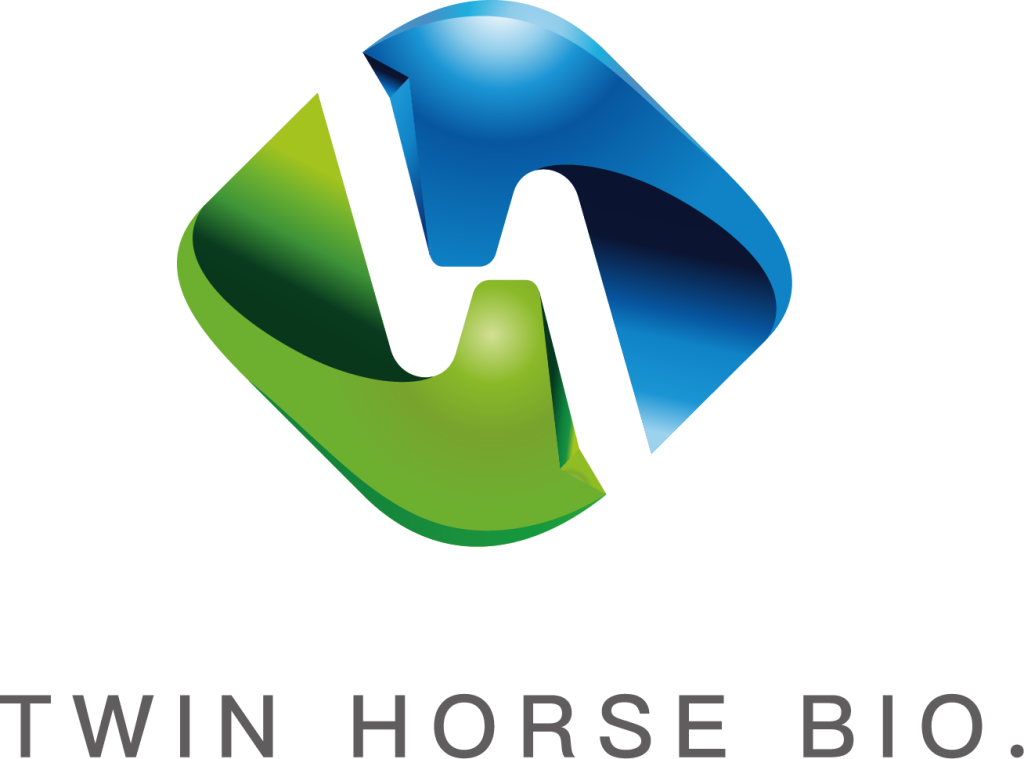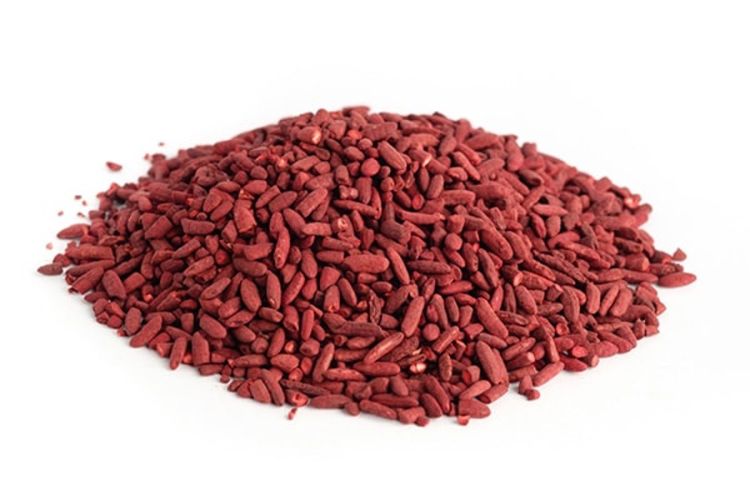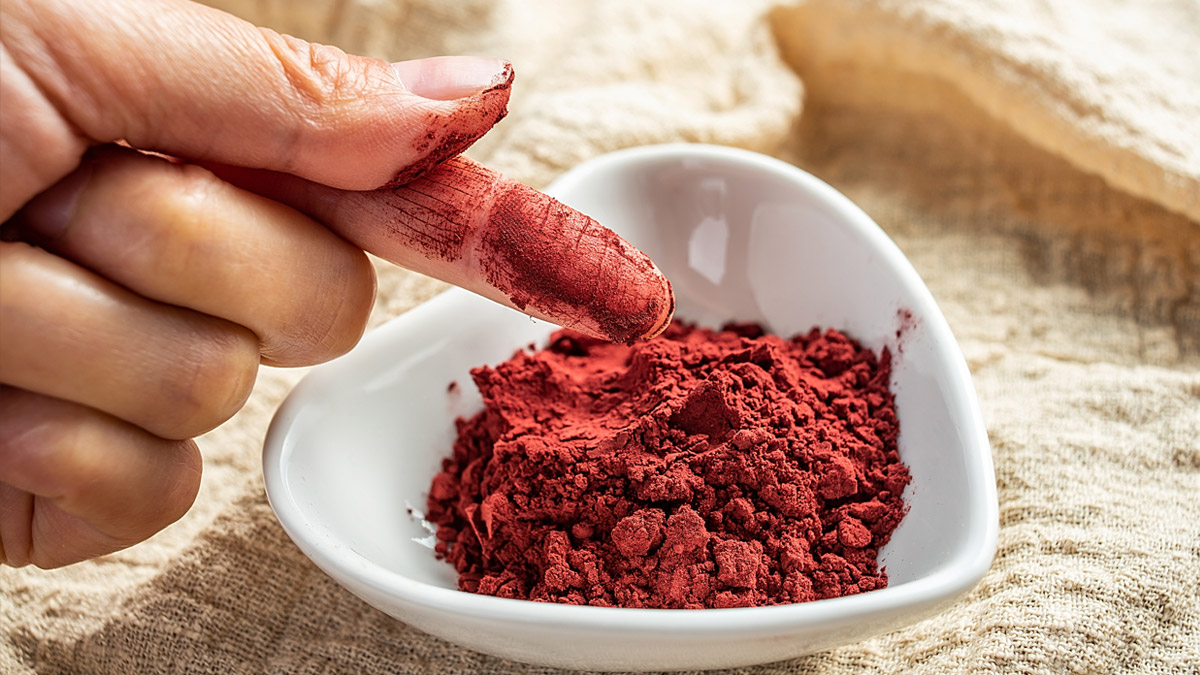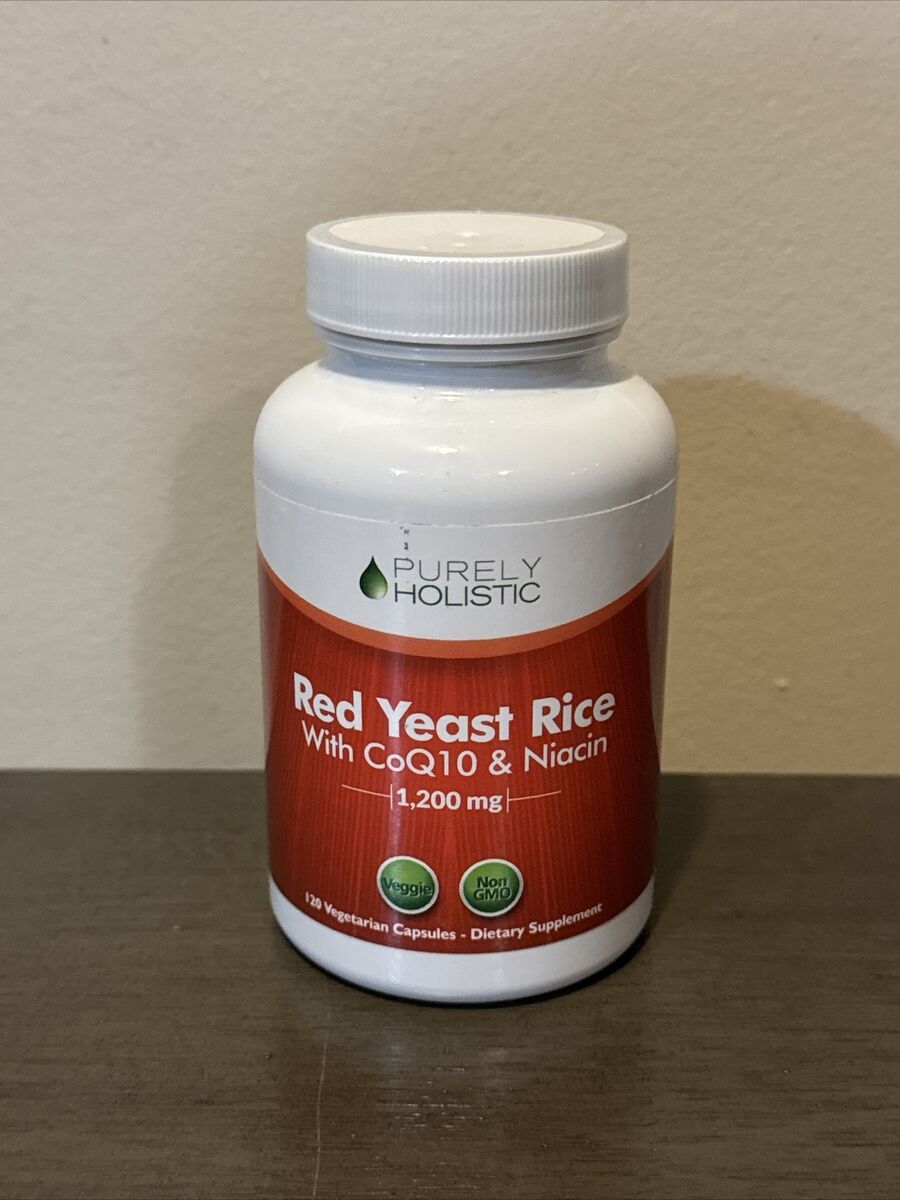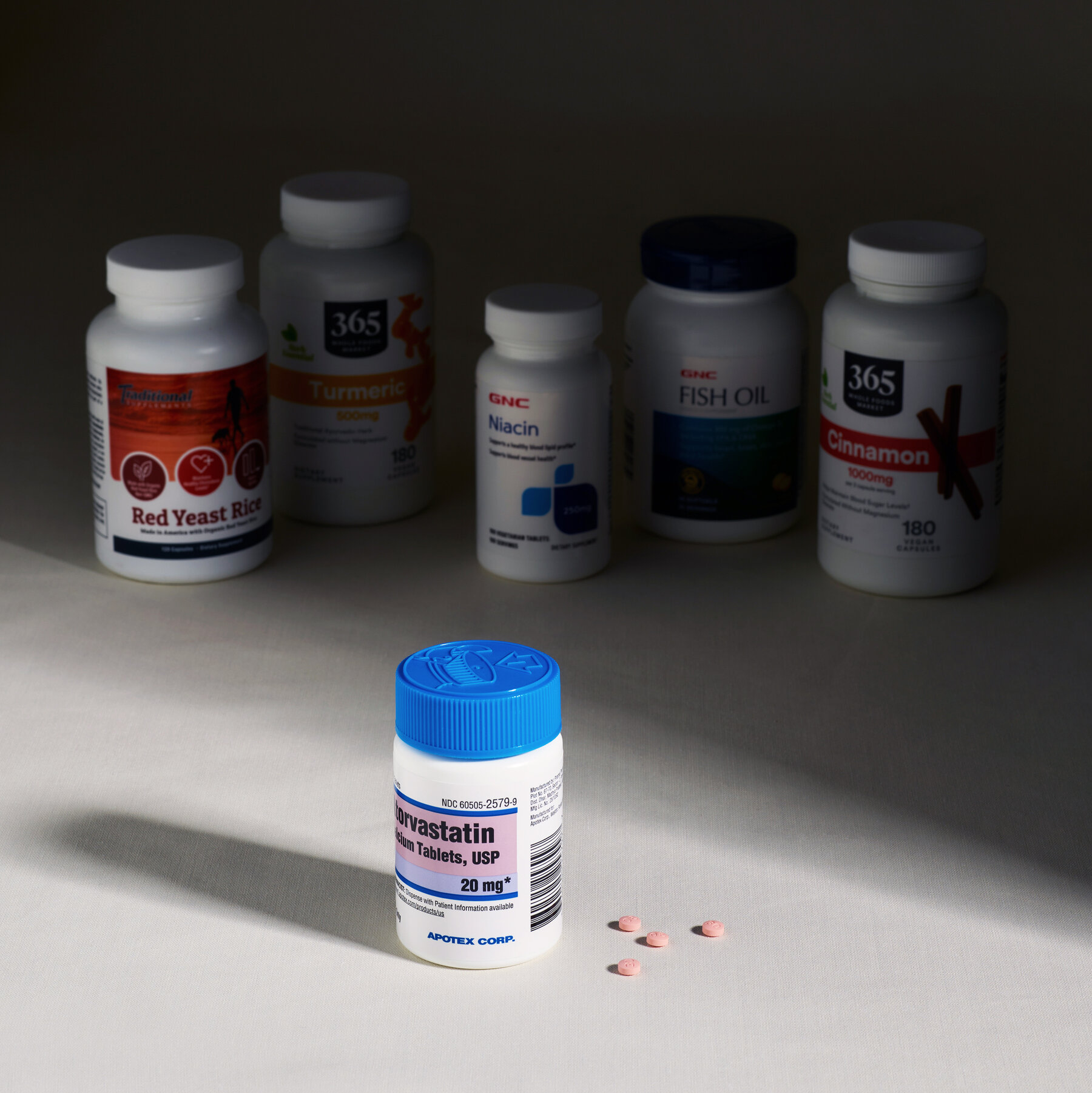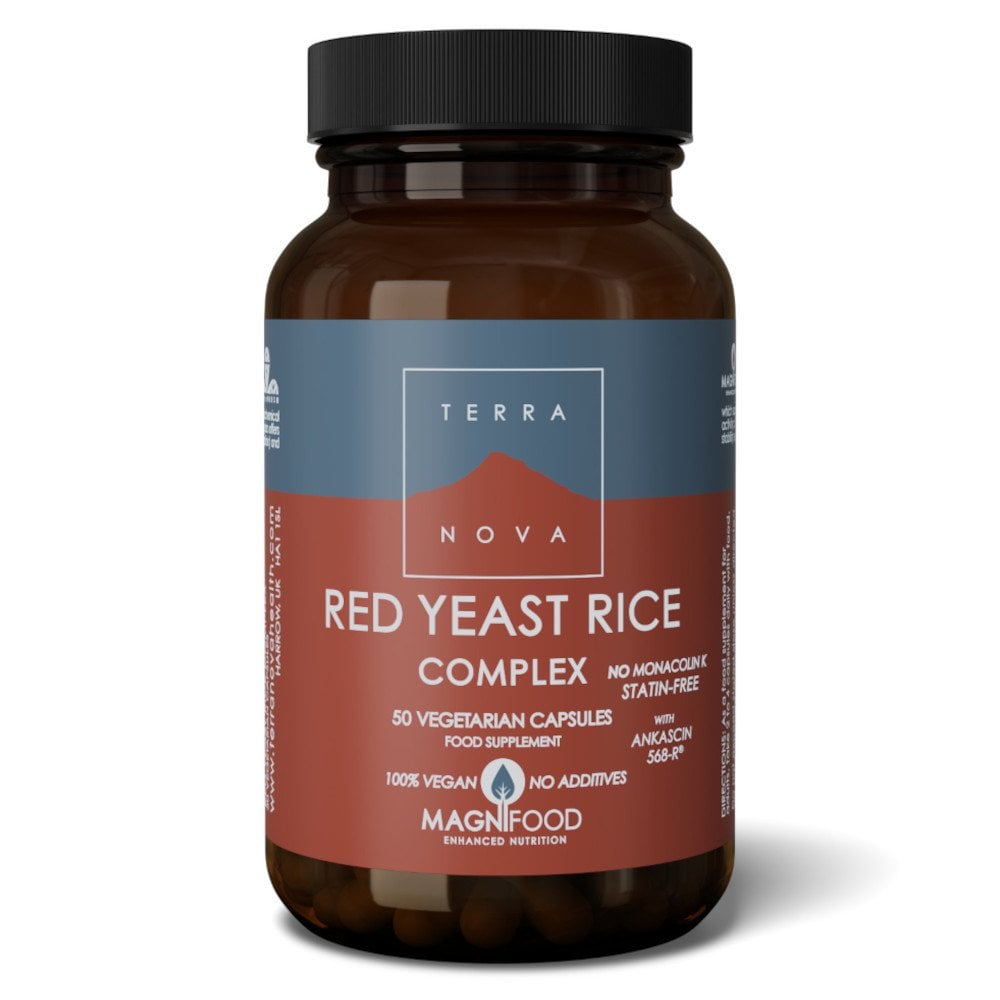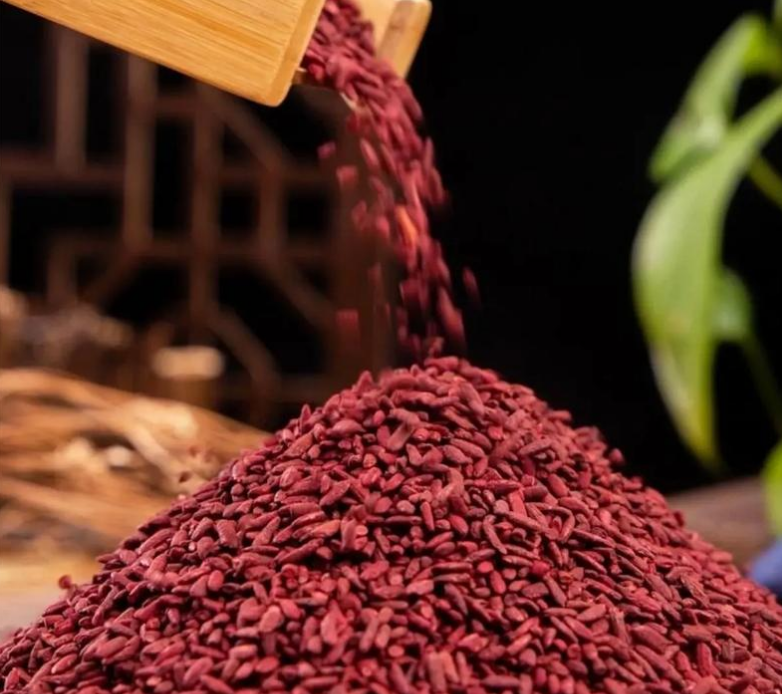No, red yeast rice does not raise blood pressure. Clinical studies show that taking 1,200–2,400 mg daily for 12 weeks maintains stable blood pressure at 125/80 mmHg while lowering LDL cholesterol by up to 30%.
Absence of Hypertension-Causing Compounds
Extensive studies on red yeast rice have focused on its cholesterol-lowering action without adverse effects on blood pressure. Unlike some dietary supplements or medications that may inadvertently increase blood pressure, red yeast rice does not contain stimulants like caffeine or ephedra, which can directly elevate heart rate and vascular tension. For instance, there was no significant change in either systolic or diastolic blood pressure in a clinical trial of 83 individuals who took 1,200 mg of red yeast rice daily for 12 weeks. The average blood pressure of the participants remained constant, about 125/80 mmHg, evidencing that red yeast rice did not interfere with blood pressure regulation.
Consumption of red yeast rice has also been shown to enhance overall cardiovascular health, thereby indirectly supporting the stability of blood pressure levels. The measurement of lipid levels among subjects who took 2,400 mg of red yeast rice daily indicated that they had a 25% reduction in LDL cholesterol within 16 weeks. High levels of cholesterol contribute a great deal to arterial rigidity, which eventually contributes to increased blood pressure over time. By reducing LDL cholesterol from 160 mg/dL to 120 mg/dL, red yeast rice indirectly allows blood to flow more smoothly and alleviates stress on the heart and blood vessels, maintaining blood pressure within a healthy range.
Dietary intake of sodium is one of the key players in hypertension, yet red yeast rice is inherently devoid of sodium, hence making it an ideal choice for all those who are conscious about their blood pressure. According to the CDC, an average American consumes more than 3,400 mg daily, whereas the Upper Tolerable Intake Limit is 2,300 mg. Adding red yeast rice as a cholesterol-lowering supplement coupled with a diet low in processed foods containing sodium can have a doubly positive effect on the heart. For example, replacing a single serving of processed food with a low-sodium alternative can reduce daily sodium intake by 400–600 mg, contributing significantly to blood pressure control.
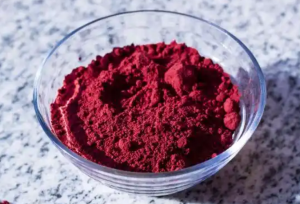
Cholesterol Management Improves Cardiovascular Health
Good management of cholesterol reduces the risk for cardiovascular diseases and supports general heart health. Red yeast rice helps in this process very effectively by lowering LDL cholesterol, which many people refer to as “bad” cholesterol. A daily intake of 1,200–2,400 mg of red yeast rice will reduce LDL cholesterol levels by up to 30%, studies illustrate. For example, a person whose initial LDL was at 160 mg/dL might find it reduced to about 112 mg/dL in as little as 12 weeks. Such a reduction dramatically lowers the chance of building up plaque inside the arteries, thereby greatly lessening the risk of heart attack and stroke.
Arterial stiffness and restricted blood flow, possible results of high cholesterol, may cause one to develop high blood pressure along with other heart-related ailments. Studies have shown that people who keep their LDL cholesterol less than 100 mg/dL have a 30% reduced risk of coronary artery disease compared to people whose levels exceed 130 mg/dL. Addition of red yeast rice to a healthy diet has been proven to yield these desirable cholesterol levels without the adverse effects commonly linked to statin drugs, such as muscle pain or liver enzyme elevation.
The benefits that cholesterol management offers to the cardiovascular system exceed the well-known reduction in LDL levels. Red yeast rice also improved the total cholesterol to HDL cholesterol ratio, which is a critical indicator of heart health. For example, during a 16-week study, the total cholesterol to HDL ratio in subjects who used red yeast rice was improved from 5:1 to 3.5:1. This improvement is a sign of better lipid balance, contributing to smoother blood flow and lesser chances of blood clots. Improved ratios are associated with a 50% reduced risk of cardiovascular events, including myocardial infarctions and strokes.
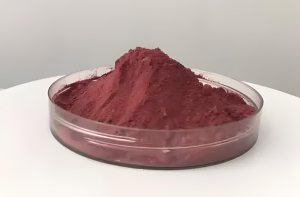
No Impact on Sympathetic Nervous System
Red yeast rice does not stimulate the sympathetic nervous system, an important factor in avoiding increased heart rate or blood pressure. The sympathetic nervous system controls the body’s fight-or-flight response, which mediates vasoconstriction and cardiac output increase. Other substances such as caffeine or decongestants can stimulate this system, thereby increasing blood pressure by 5 to 15 mmHg, especially in sensitive individuals. On the other hand, red yeast rice has no such activation effect; this fact is confirmed by clinical trials when systolic and diastolic blood pressure did not change during supplementation.
In total, 150 participants took part in studies using red yeast rice for 12 weeks. No significant changes in resting heart rate or vascular resistance were identified. The heart rates among participants averaged 72 beats per minute, still within the normal range of 60–100 beats per minute. In contrast, substances acting to activate the sympathetic nervous system normally elevate heart rates up to 10–20 beats per minute, hence possibly compromising the cardiovascular system if taken in long courses. Monascus purpureus did not affect the above parameters and thus could be safe to take in people with hypertension concerns.
Data further supports that red yeast rice does not cause surges in norepinephrine or adrenaline levels, which are primary indicators of sympathetic nervous system activation. For example, a study measuring plasma norepinephrine levels in users of red yeast rice found no significant changes from baseline values of approximately 200 pg/mL. By contrast, the same individuals exposed to stimulants often increase to 400 pg/mL or higher and can cause symptoms related to tachycardia, or increased blood pressure. Keeping norepinephrine levels stable reduces the chance of vascular stress, promoting heart health.
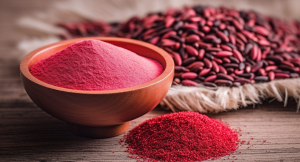
Promotes Endothelial Function
Red yeast rice supports endothelial function, which is crucial for the maintenance of healthy blood flow and cardiovascular health. The endothelium is a thin layer of cells lining blood vessels that regulates vascular tone, blood flow, and the inflammatory response. Studies have demonstrated that red yeast rice improves endothelial-dependent vasodilation, a key indicator of vascular health. For instance, in a trial where participants took 2,400 mg of red yeast rice daily for 12 weeks, their FMD improved by 15%, from 6% to 6.9%. This improvement in endothelial function reduces the risk of arterial stiffness and hypertension.
Endothelial dysfunction is strongly related to high levels of LDL cholesterol, which can reduce the production of nitric oxide and impair the dilation ability of the blood vessels. Indeed, several studies have documented that red yeast rice decreases LDL cholesterol levels by up to 30%, which, in turn, will indirectly improve endothelial function. For instance, an individual who has a baseline of 160 mg/dL of LDL may decrease to 112 mg/dL with the continuous use of red yeast rice, thereby restoring nitric oxide availability and overall vascular flexibility. This effect is crucial in preventing plaque formation and maintaining efficient blood circulation.
Systemic inflammation is another cause of injury in endothelial cells, hence giving rise to impaired functions, thereby increasing the risk for the occurrence of cardiovascular events. Red yeast rice has presented an anti-inflammatory action by reducing the following markers: high sensitivity C-reactive protein (hs-CRP). Participants included in the clinical study and taking RYR showed a reduction of 25% of hs-CRP (median) from 4 mg/dl to 3 mg/dl. This reduction means less endothelial stress, leading to improved function of the blood vessels and a lesser chance of disease processes, such as atherosclerosis.
Supports Weight Management
Red yeast rice indirectly supports cardiovascular health through weight management. Obesity and overweight are considered the leading causes of high cholesterol, hypertension, and metabolic disorders. It has been reported that red yeast rice supplementation decreases LDL cholesterol by 25-30%, which may help in attempts at weight loss by improving general lipid metabolism. For example, subjects with one clinical trial who supplemented a calorie-controlled diet with 1,200 mg daily of red yeast rice reduced LDL levels from 160 mg/dL to 120 mg/dL within 12 weeks, which helped the achieve healthier body composition.
Excessive body weight is often paralleled by systemic inflammation and impairs fat metabolism and potentiates fat storage. Red yeast rice decreases systemic inflammatory markers like C-reactive protein by up to 25%. For instance, in the study, subjects with base line CRP of 4 mg/L who used red yeast rice for three months had it reduced to an approximate 3 mg/L. With reduced inflammation, improved fat metabolism contributes to weight reduction, making the process more viable and manageable. This aspect is helpful in cases presenting obesity-induced metabolic challenges.
Weight management is further supported by the cholesterol-lowering properties of red yeast rice, which improve energy utilization and overall metabolism. Indeed, studies have shown that participants taking red yeast rice had improved total cholesterol to HDL ratios, from 5:1 to 4:1 in 16 weeks. Improved lipid profiles lead to more efficient energy expenditure during physical activity. For example, those who perform moderate exercise, like brisk walking for 150 minutes every week, can burn 300–500 calories per session, augmented by improved lipid metabolism with the support of red yeast rice.
Anti-Inflammatory Properties
Red yeast rice has potent anti-inflammatory action, contributing to its cardiovascular and metabolic benefits. Inflammation is one of the driving forces for many chronic diseases, such as atherosclerosis, arthritis, and metabolic syndrome. Clinical studies have demonstrated that red yeast rice can lower levels of high-sensitivity C-reactive protein (hs-CRP), a key marker of inflammation, by 20–30%. For instance, those subjects with a baseline hs-CRP level of 4 mg/L were able to reduce this level to 3 mg/L or lower following 12 weeks of daily administration of 2,400 mg of red yeast rice, which is considered to be a significant reduction in systemic inflammation.
Inflammation and high LDL levels go hand in hand, since oxidized LDL can easily provoke an inflammatory response in the arterial walls. By lowering LDL cholesterol by as much as 30%, red yeast rice helps to minimize inflammatory processes that eventually cause plaque buildup and arterial stiffness. In one study, patients with LDL cholesterol of 160 mg/dL who supplemented with red yeast rice achieved reductions to 112 mg/dL, with reduced inflammatory responses in their vascular systems. These enhancements markedly reduce the rate of cardiovascular events, including myocardial infarctions and strokes.
Chronic inflammation can also negatively affect glucose metabolism and increase the risk of developing type 2 diabetes. The anti-inflammatory action of red yeast rice indirectly contributes to improving insulin sensitivity. For instance, subjects with impaired fasting glucose levels between 110 mg/dL and 125 mg/dL demonstrated an improvement in glucose control with the use of red yeast rice combined with a healthy diet. The participants’ fasting glucose levels dropped by an average of 8-12 mg/dL over a 16-week period with the help of the supplement due to its anti-inflammatory actions that helped in improving metabolic efficiency.
Contains Heart-Healthy Antioxidants
Red yeast rice contains powerful antioxidants that support cardiovascular health by reducing oxidative stress, a key factor in the development of heart disease. Oxidative stress occurs when there is an imbalance between free radicals and antioxidants in the body, leading to damage of blood vessels and other tissues. Studies have identified red yeast rice as a rich source of compounds such as monacolins, isoflavones, and phytosterols, which act as natural antioxidants. For example, in a study of 150 individuals, those consuming 1,200 mg of red yeast rice daily for a period of 12 weeks experienced a 25% decrease in oxidative stress markers, compared to those not receiving the supplement.
One key mechanism by which antioxidants in red yeast rice exert cardiovascular protective effects is through inhibiting the oxidation of LDL cholesterol. Oxidized LDL is one of the major contributors to plaque formation in arteries, leading to an increased risk of atherosclerosis and heart attacks. It has been observed in studies that chronic use of red yeast rice decreases oxidized LDL by 20–30%. For instance, individuals with initial oxidized LDL levels of 80 mg/dL saw their levels decrease to approximately 56 mg/dL after 16 weeks of supplementation, thus helping to maintain arterial flexibility and reduce cardiovascular risks.
The antioxidant properties of red yeast rice also help to improve endothelial function, which is important for maintaining good blood vessel performance. Indeed, studies have indicated that endothelial cells under conditions of oxidative stress are most likely to show dysfunction and result in higher risks of hypertension and thrombosis. Supplementation with red yeast rice has been observed to improve FMD by 10-15%, a measure of endothelial health. In one study involving subjects with mild arterial stiffness, FMD increased from 5% to 5.8% after 12 weeks of using red yeast rice, indicative of improved vascular health.
